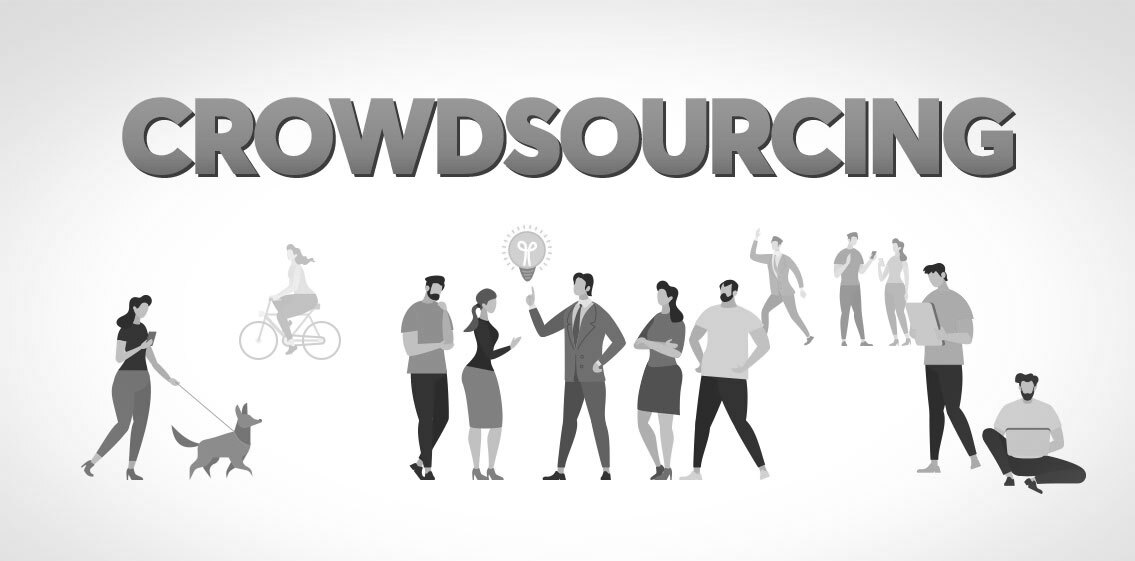Introduction
In today’s interconnected world, the power of collective wisdom has gained significant recognition. Crowdsourcing, a powerful mental model, harnesses the collective knowledge and opinions of a diverse group to inform decision-making processes. This concept has permeated various aspects of our lives, from personal choices to business strategies and even public policy-making. Understanding the psychological underpinnings of crowdsourcing and its prevalence is crucial for making informed decisions and avoiding potential pitfalls.
Defining Crowdsourcing and Its Relevance
Crowdsourcing refers to the practice of soliciting contributions, ideas, or information from a large group of people to solve problems, gather data, or make decisions. It leverages the principle that a diverse crowd is more likely to generate innovative solutions or make accurate judgments than an individual or small group. Crowdsourcing’s relevance in decision-making lies in its ability to tap into collective intelligence, overcome individual biases, and generate more inclusive and robust outcomes.
Anchoring in Human Psychology and Prevalence in Daily Life
Crowdsourcing is deeply rooted in human psychology, particularly the phenomenon of “wisdom of the crowd.” Research has shown that aggregating diverse perspectives and information can lead to more accurate predictions and better decision outcomes. This mental model is prevalent in our day-to-day lives, manifesting in various contexts such as product reviews, social media discussions, and even voting in democratic societies. People often seek validation and consensus from a larger group before making choices, influenced by the belief that collective intelligence is superior to individual judgment.
Examples of Crowdsourcing in Different Contexts
- Personal Life: Consider an individual contemplating a significant life decision, such as choosing a career path. Instead of conducting independent research and introspection, they may turn to online forums or social media groups seeking advice and insights from others who have faced similar choices. By relying solely on the opinions of strangers, they may overlook their own unique circumstances, values, and aspirations, leading to a decision that does not align with their best interests.
- Business Scenarios: In the business world, companies often engage in crowdsourcing to gather consumer feedback and generate ideas for product development. However, by solely relying on the crowd’s opinions, businesses may overlook their specific target market’s needs and preferences. This over-reliance on collective input may result in products or services that fail to resonate with the intended audience, leading to missed opportunities and diminished success.
- Public Policy-making: Crowdsourcing can also influence public policy decisions. Governments and organizations may solicit public opinion through surveys or online platforms to shape policies or allocate resources. However, solely relying on popular sentiment can overlook the needs and interests of marginalized or less vocal communities. This can lead to policies that are not equitable or effective, perpetuating biases and exacerbating social inequalities.
Mental Biases and Psychological Underpinnings of Crowdsourcing
Several cognitive biases contribute to the influence of crowdsourcing, potentially leading to irrational decision-making:
- Bandwagon Effect: The bandwagon effect occurs when individuals adopt certain behaviors or beliefs simply because others are doing so. In the context of crowdsourcing, people may conform to the majority opinion without critically evaluating its merit. This bias can result in herd mentality and prevent individuals from independently assessing alternatives or considering dissenting viewpoints.
- Availability Bias: The availability bias leads people to rely heavily on easily accessible information when making decisions. In crowdsourcing, popular opinions or ideas that are more visible or frequently mentioned may dominate the decision-making process, overshadowing less prominent but potentially valuable perspectives. This bias can narrow the range of options considered and hinder creative problem-solving.
- Anchoring Bias: The anchoring bias occurs when individuals rely too heavily on an initial piece of information when making subsequent judgments. In crowdsourcing, the first opinion or idea presented may anchor subsequent discussions and influence the overall outcome. This bias can limit the exploration of alternative solutions and lead to premature convergence on a suboptimal decision.
Identifying and Avoiding the Crowdsourcing Trap
To mitigate the potential drawbacks of crowdsourcing, it is essential to approach collective decision-making with awareness and a critical mindset. Consider the following strategies to avoid succumbing to the limitations of crowdsourcing:
- Evaluate the credibility of sources: Assess the expertise and credibility of the crowd or individuals contributing to the decision-making process. Be cautious of biases, misinformation, or the dominance of a particular group’s opinions. Seek diverse perspectives from reliable and knowledgeable sources to gain a more comprehensive understanding.
- Balance collective insights with individual reflection: While crowdsourcing provides valuable input, it is important to balance external opinions with personal reflection. Understand your unique needs, values, and goals. Consider how the crowd’s suggestions align with your specific context, rather than blindly following the consensus.
- Foster constructive dissent: Encourage open dialogue and diverse perspectives within the crowd. Actively seek out alternative viewpoints, challenging the status quo, and encouraging critical thinking. Embrace constructive dissent as it can uncover new possibilities and prevent groupthink.
Conclusion
Crowdsourcing offers immense potential by leveraging collective intelligence to inform decision-making. However, its influence is not without pitfalls. By understanding the psychological underpinnings, biases, and examples of crowdsourcing, we can navigate its impact more effectively. It is essential to strike a balance between collective insights and individual judgment, critically evaluating the credibility of sources, and fostering diverse perspectives.
Awareness and active avoidance of the crowdsourcing trap empower individuals and organizations to make more informed decisions, capitalize on collective wisdom, and prevent the potential drawbacks of following the crowd blindly. By embracing the value of both collective intelligence and independent thinking, we can harness the power of crowdsourcing while ensuring decisions align with our best interests and goals.
